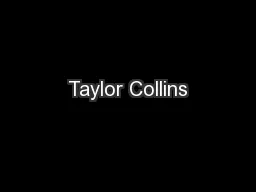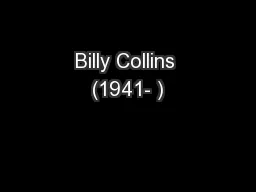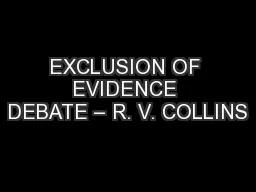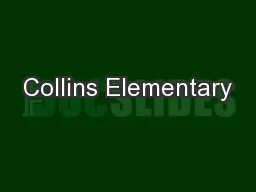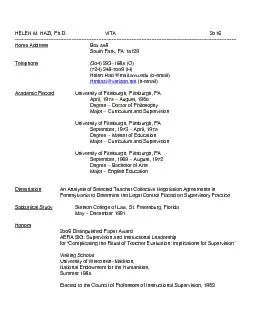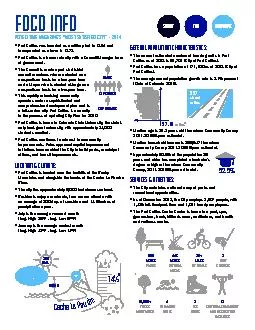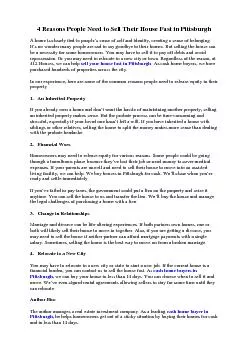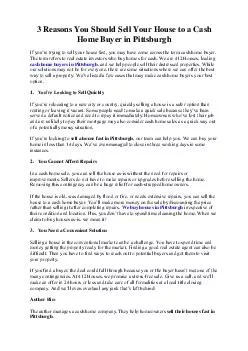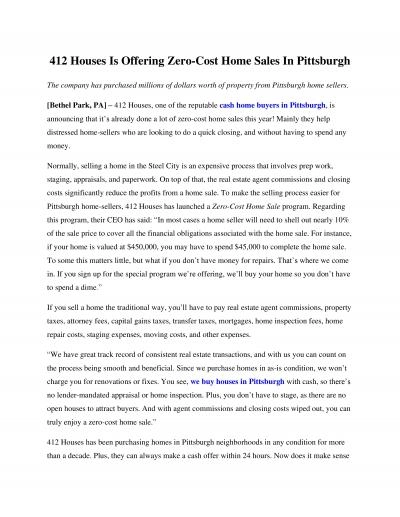PPT-Micky Collins, PhD University of Pittsburgh Medical Center
Author : natalia-silvester | Published Date : 2020-04-11
Professor Department of Orthopaedic Surgery Department of Neurological Surgery Program Director UPMC Sports Concussion Program Clinical Profile and Targeted Treatment
Presentation Embed Code
Download Presentation
Download Presentation The PPT/PDF document " Micky Collins, PhD University of Pittsb..." is the property of its rightful owner. Permission is granted to download and print the materials on this website for personal, non-commercial use only, and to display it on your personal computer provided you do not modify the materials and that you retain all copyright notices contained in the materials. By downloading content from our website, you accept the terms of this agreement.
Micky Collins, PhD University of Pittsburgh Medical Center: Transcript
Download Rules Of Document
" Micky Collins, PhD University of Pittsburgh Medical Center"The content belongs to its owner. You may download and print it for personal use, without modification, and keep all copyright notices. By downloading, you agree to these terms.
Related Documents




